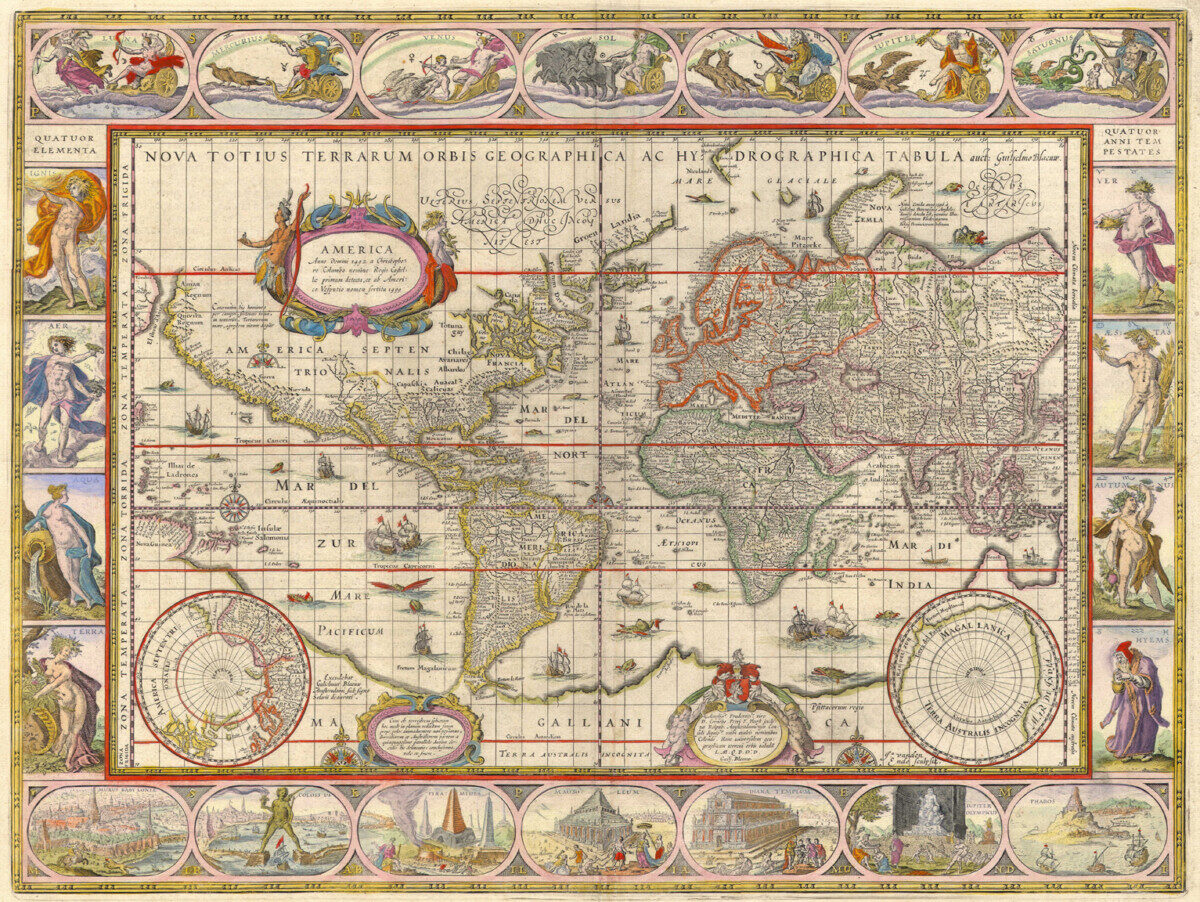To understand the term “Baroque” in relation to art, I find myself revisiting my AP European History class in high school. My teacher loved art history, so he often showed us different works of art from Europe and we discussed how it related to the social and political history of the time period. From my previous knowledge, I would have defined Baroque as ‘fanciful’, or ‘ornate’, but from the article on the Global Baroque and our class discussion, I now understand it through its relation with Renaissance art. Since painters began to paint not from live models (since their Renaissance precedents had perfected that) they used previous paintings as their models, which began to change proportions and logical positions in Baroque paintings, which I understand to be a crucial part of the style. Magnificence and the marvelous began showing up in the style, as defined by one of the famous Baroque art historians. I think now my understanding of Baroque art is a moving, theatrical, dramatic style with similar subjects and themes as in Renaissance art.
My understanding of the term “Digital Humanities” is a little more elementary. I haven’t been exposed to too many digital sources in my humanities education, especially since almost all of my humanities courses have required a paper textbook. From my knowledge, I would define the term as a more accessible, online source of both literature and art, and perhaps a mixed-media explanation that digitally illustrates learning. I am eager to further explore the digital humanities, how to find and interact with them, and even how to contribute to them.
